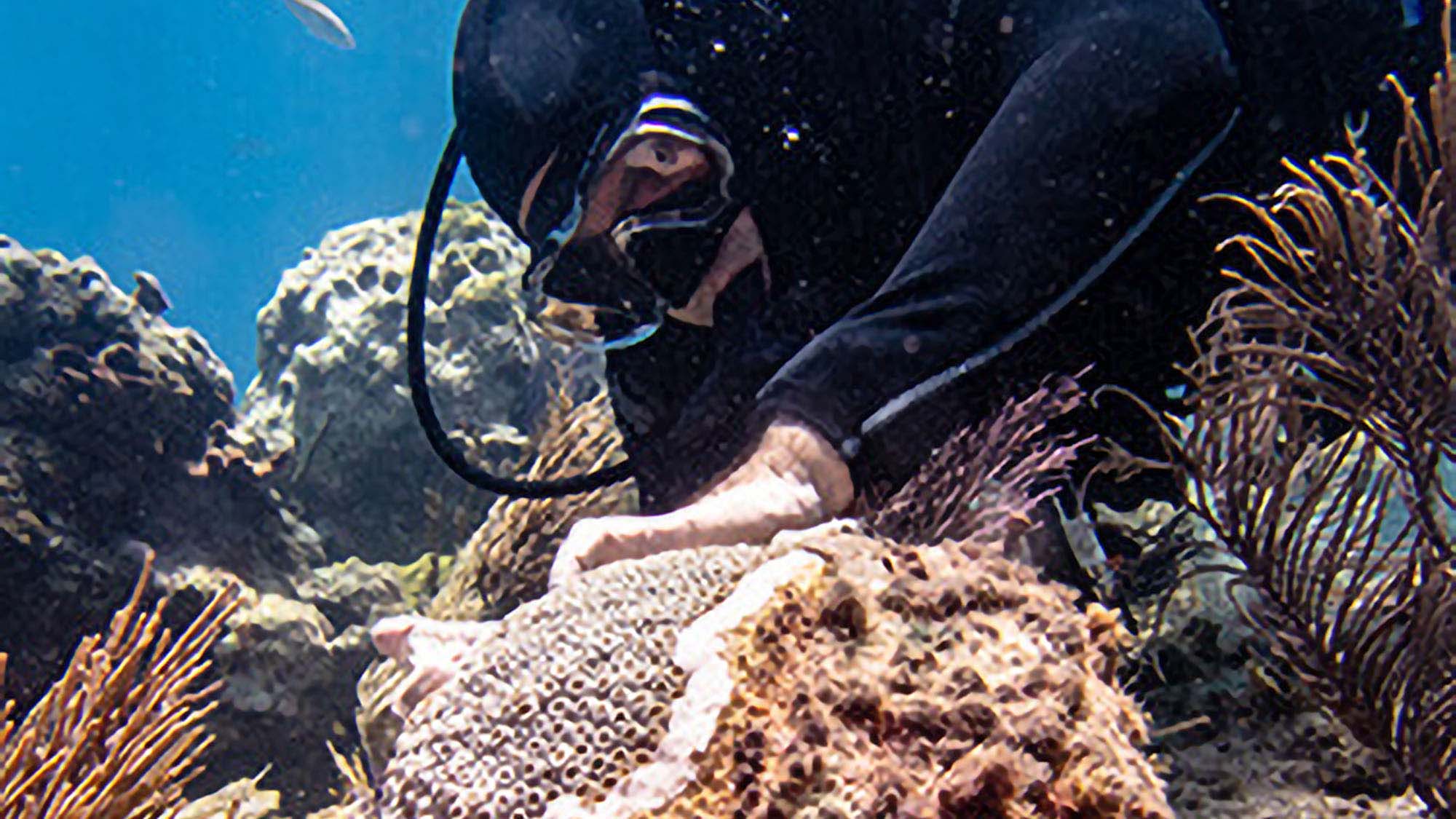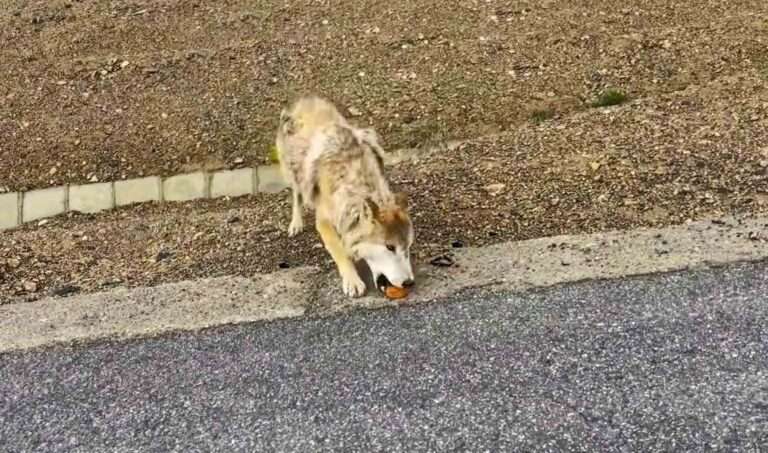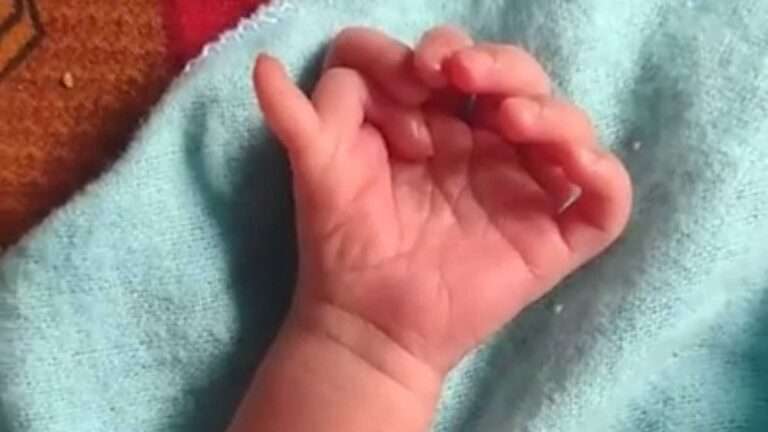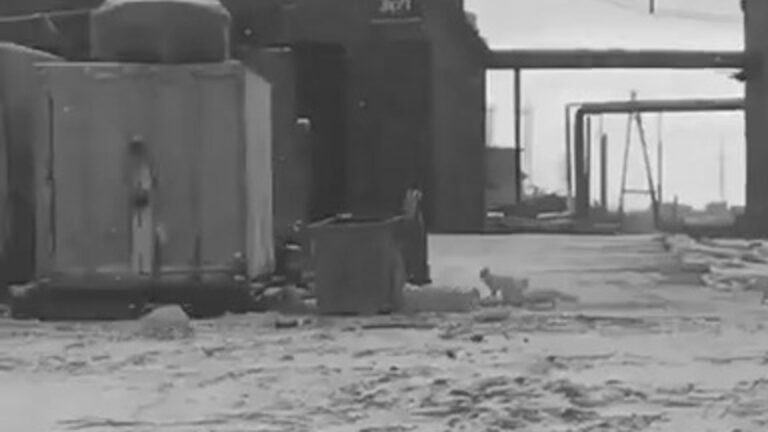One of the worlds largest coral reefs located off the coast of Florida has been decimated by a disease that spreads underwater like a wildfire turning reefs that were once thriving ecosystems into desolate dead zones.
The Stony Coral Tissue Loss Disease (SCTLS) first appeared in 2014 and earlier this year researchers confirmed that it had covered 100 per cent of the Florida Reef Tract which stretches 270 kilometres (170 miles) making it the third-longest reef in the world.
Researchers and conservationists from all across the United States are trying to save the reef by building a ‘Noah’s ark’ of coral where they are gathering different species and preparing them for breeding in the hope that they can bring the reef back to life.
Andrew Walker, the CEO and President of the Fish and Wildlife Foundation of Florida told Newsflash: “We still know very little about the disease that has destroyed the reef here in Florida and is now threatening reefs 100s of miles away in the Caribbean.”
He added: “I’ve never seen a disease cause this much devastation this quickly. We think it could be a virus that appears to attack the coral’s tissue although this still isn’t certain.”
According to Andrew the disease first appeared in 2014 and scientists are still not sure where it came from although it’s believed that it is probably an invasive species that was carried across the ocean by plankton or in the bilge tanks of ships.
The disease is extremely lethal to coral-killing them within two or three weeks after the infection first develops.
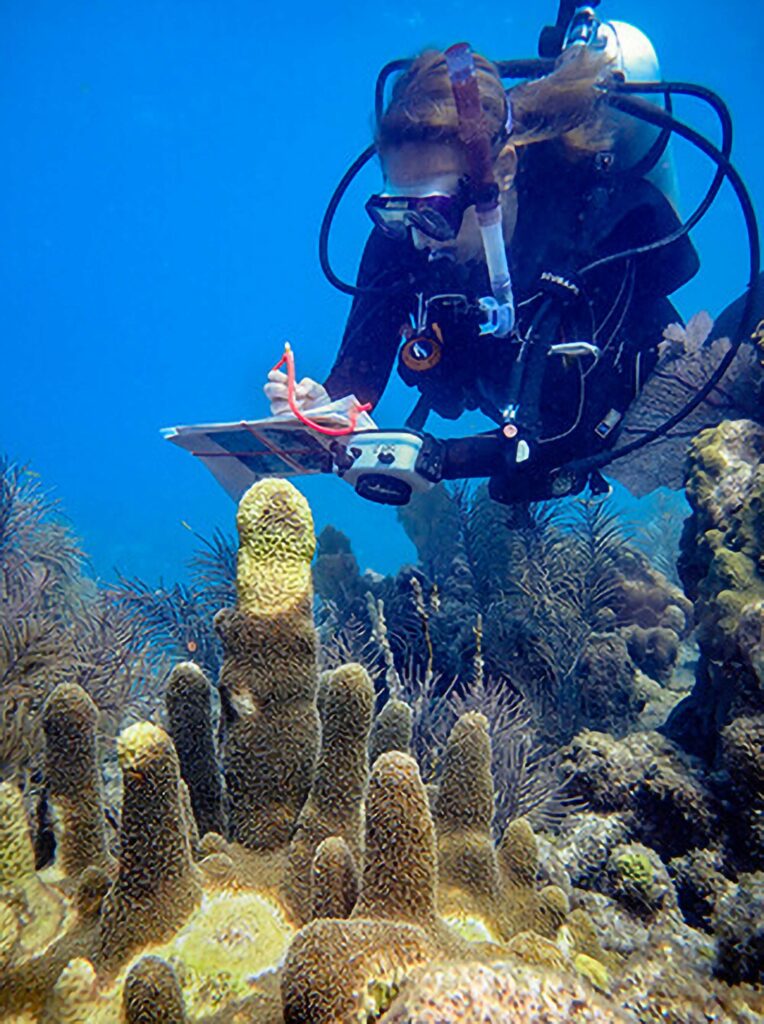
Nova Southeastern University researcher Doctor Karen Neely conducts a survey for colonies affected by stony coral tissue loss disease. 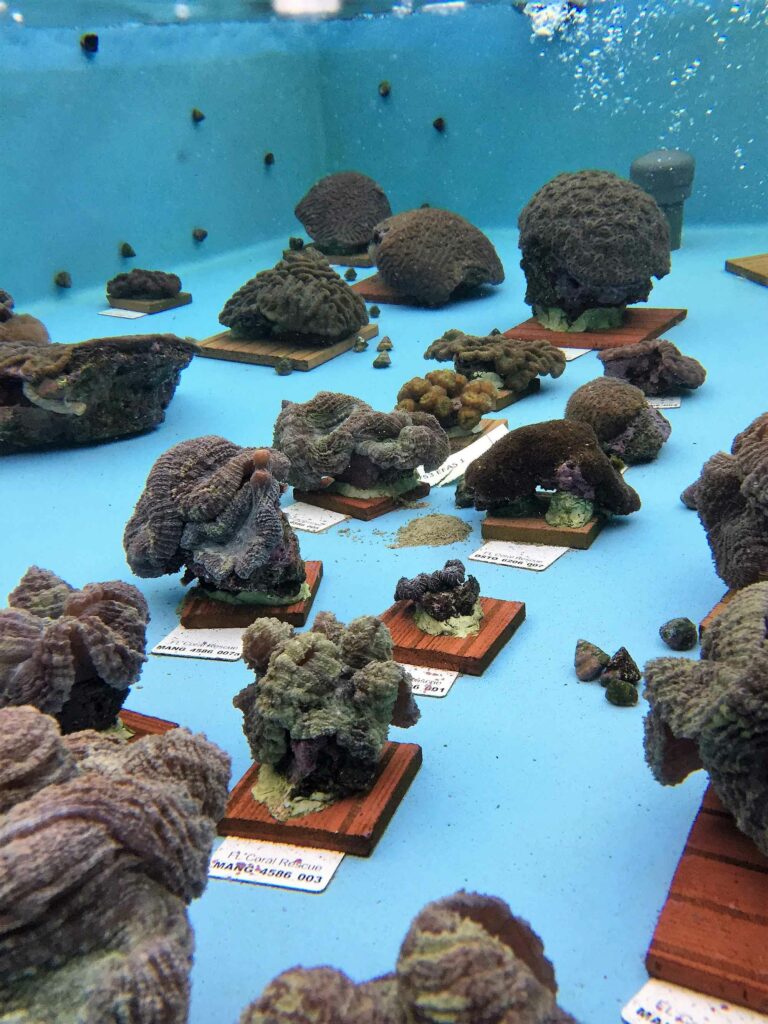
Rescued corals in quarantine tanks at Florida Aquarium’s Apollo Beach Conservation Center are monitored closely for signs of stress from being transported. They will remain at the aquarium until long-term care facilities are able to house them.
He said: “We have seen 300-year-old coral die within two weeks of being infected.”
Seven years after the disease first appeared Andrew says researchers confirmed this summer (2021) that the entire reef is infected with the southernmost point knows as ‘the Dry Tortugas’ being the final area to succumb to the disease.
As seen in the footage some attempts have been made to limit the spread of disease by using anti-biotic pastes but according to Andrew these efforts only slow down the disease and aren’t a long term or large scale solution.
There are 45 species of stone coral in the Florida reef and so far 22 of these have been found to have been infected and killed by the disease and over 80 per cent of corals infected suffer complete mortality.
Coral reefs occupy less than 1 per cent of the world’s oceans, but approximately 25 per cent of marine fish species inhabit coral reefs during some part of their lives.
The consequences of losing coral reefs are devastating both for the environment but also for humans who depend on them for food and protection from rising sea levels.
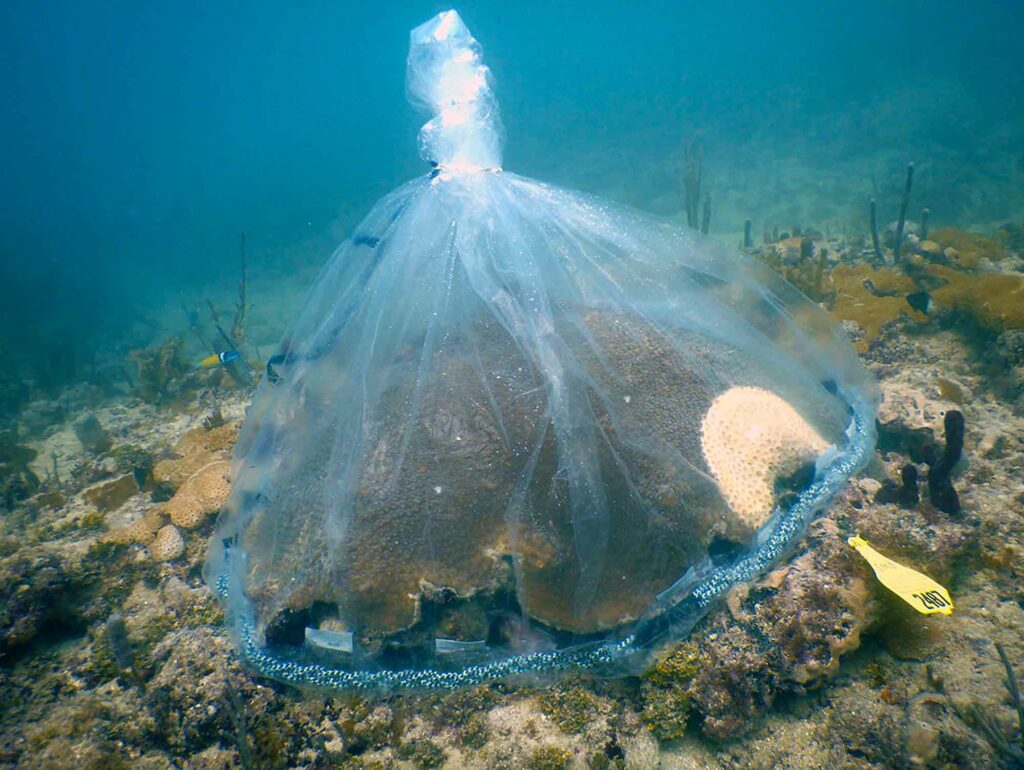
Andrew explained that due to a variety of factors such as climate change and pollution the “days of truly natural coral reefs is more or less over” he now sees the only hope of saving the reefs is to develop breeding technology.
The ‘Noah’s Ark’ rescue effort could form part of the solution with countless conservation groups and governmental organisations working together to salvage Florida’s corals.
Andrew said: “Over 2,000 species have been saved from the Florida reef and are now held in aquariums in 18 different states.”
The Fish and Wildlife Foundation hopes that breeding programmes can be developed to improve the genetic resistance of corals to SCTLD as well as other threat such as warming waters and coral bleaching.
Andrew said: “We need corals to be resistant to problems beyond SCTLD including rising water temperatures, increasing salinity and the like.”

The Florida reef is now at breaking point with the disease covering the entire reef but Andrew maintains that there is hope if breeding programmes can make progress towards growing resistant coral and mass re-planting programmes can be implemented.
As technology improves around the reproduction of corals it could allow researchers to developed highly resistant corals so that coral reefs could be revived.
However, the task at hand is a “moonshot” as according to Andrew planting coral is extremely time-consuming and they take decades to grow to a good size.
Andrew concluded: “The era of wild coral reefs has come to an end across the world not just in Florida, climate change, pollution and diseases such as SCTLD mean that without human intervention the reefs will perish.”
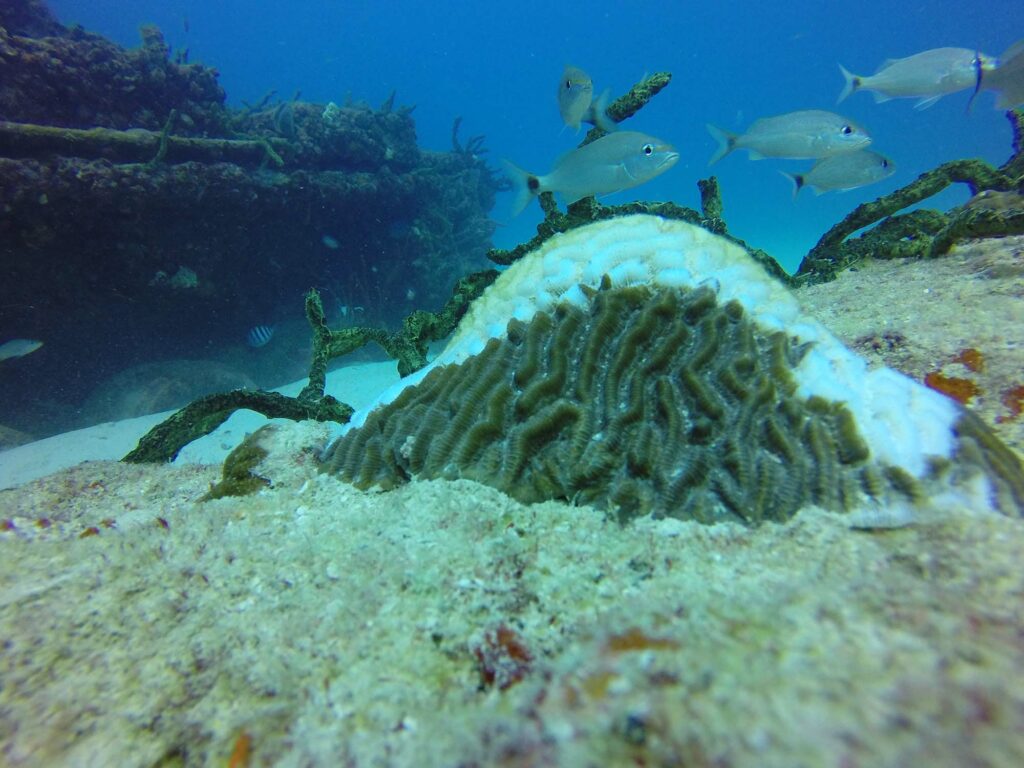
To find out more about the author, editor or agency that supplied this story – please click below.
Story By: Peter Barker, Sub-Editor: James King, Agency: Newsflash
The Ananova page is created by and dedicated to professional, independent freelance journalists. It is a place for us to showcase our work. When our news is sold to our media partners, we will include the link here.

